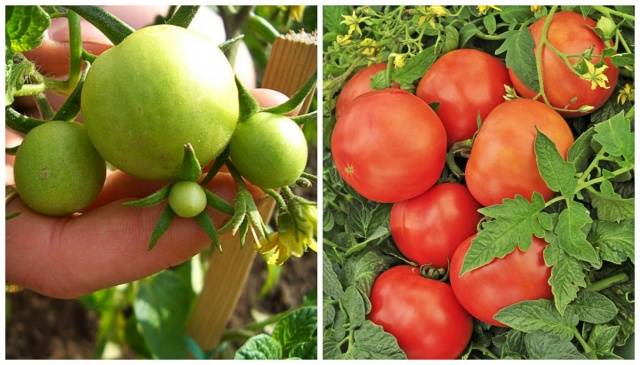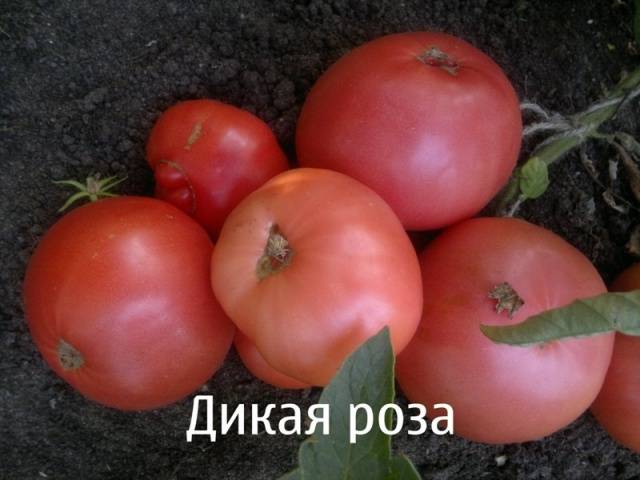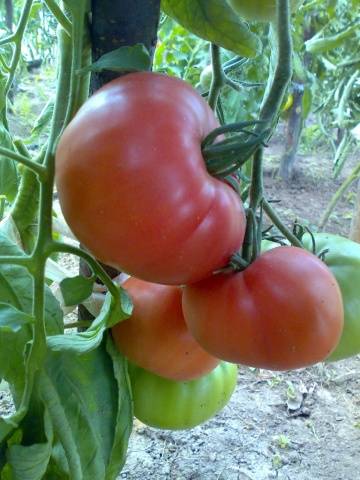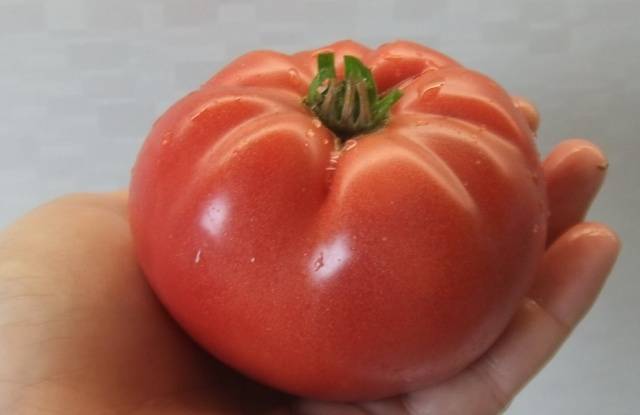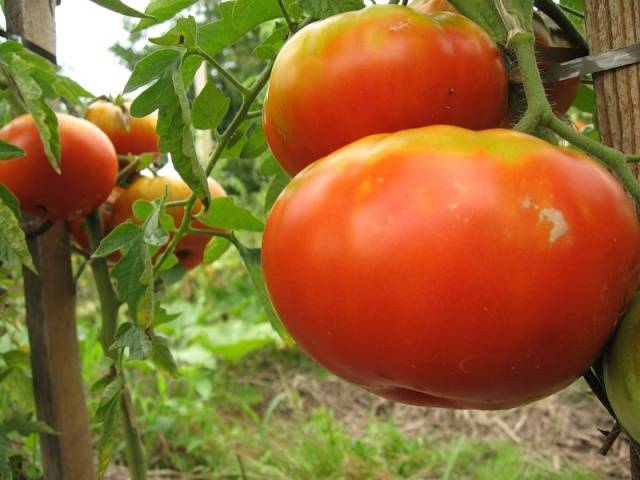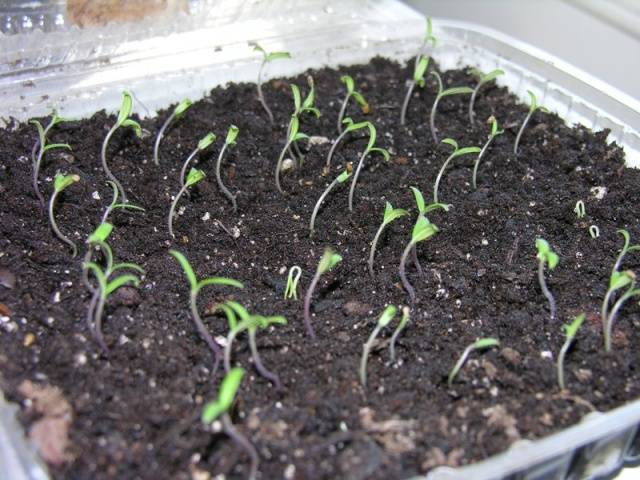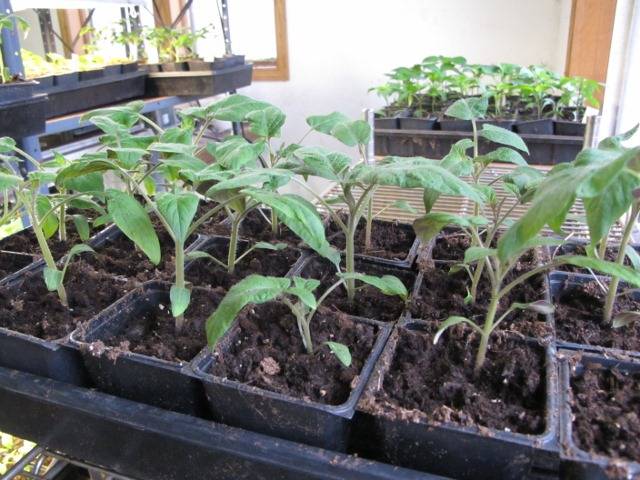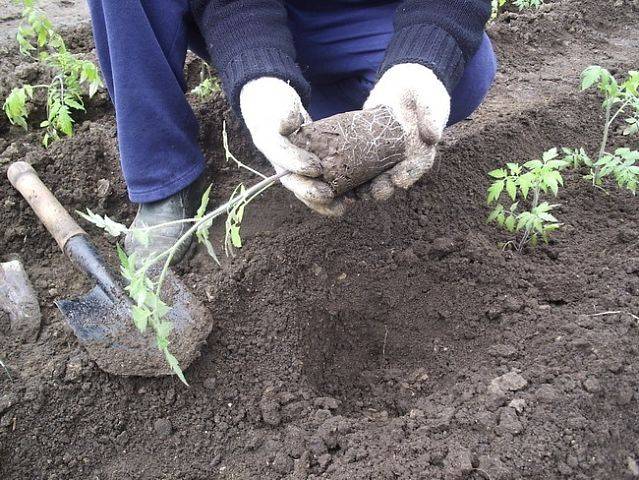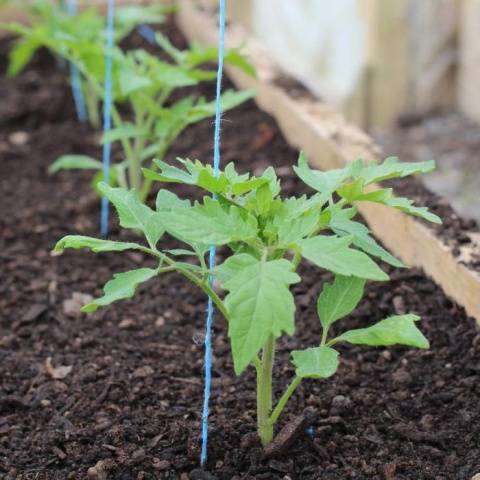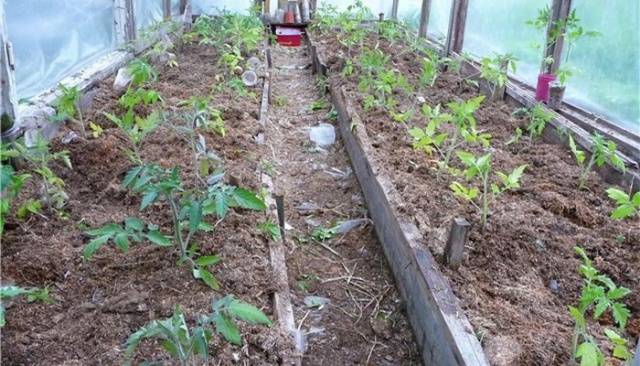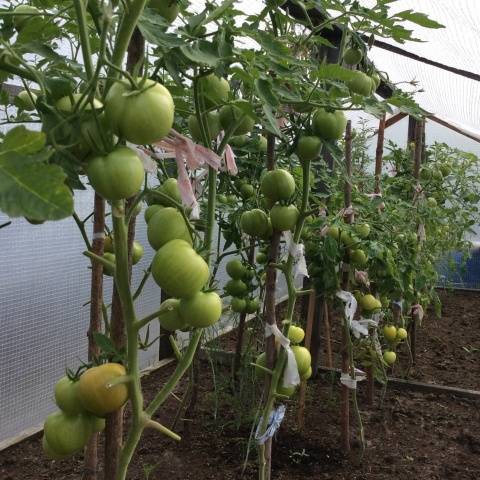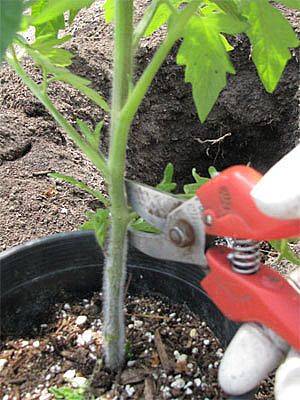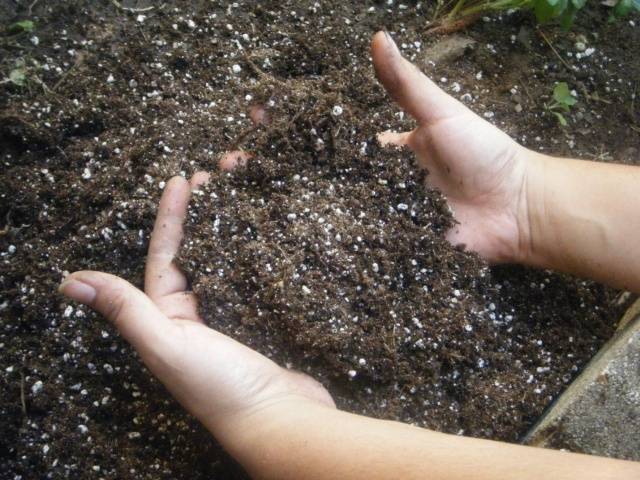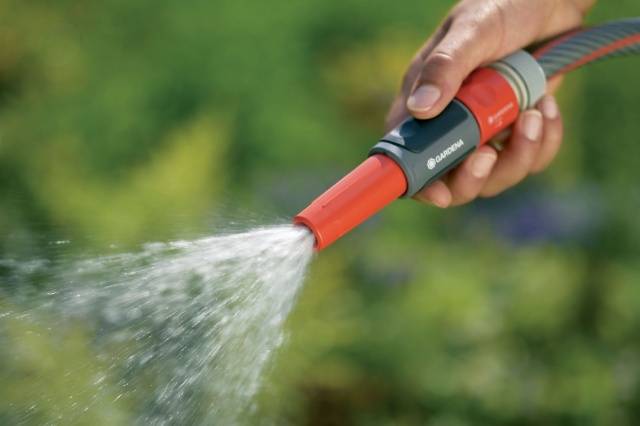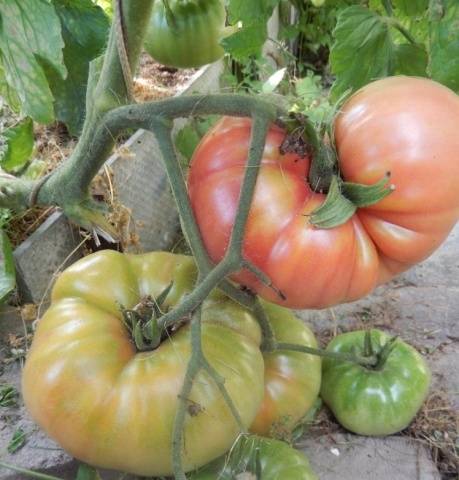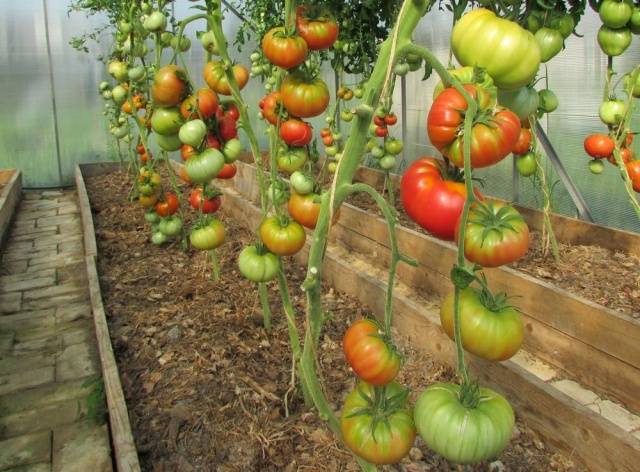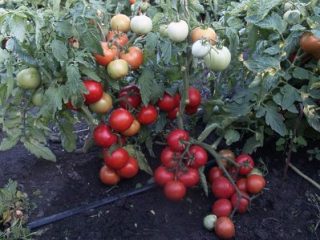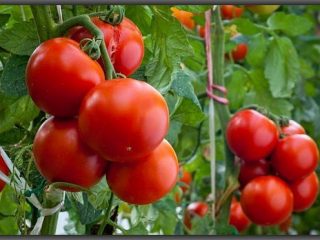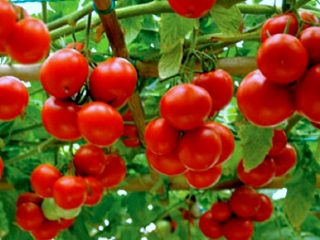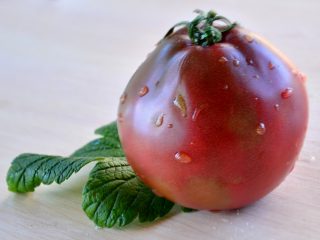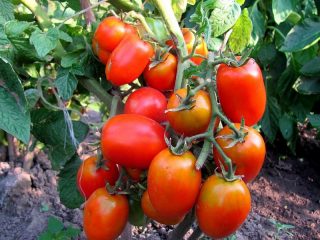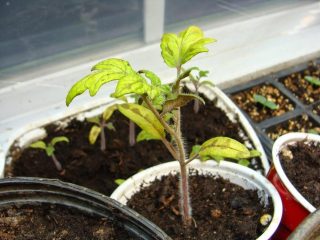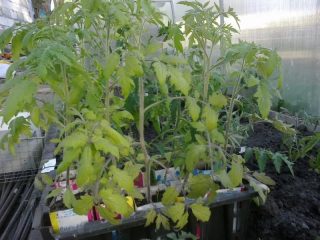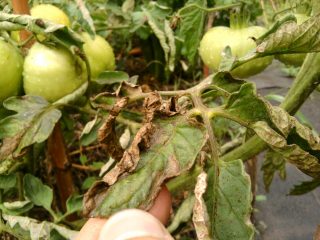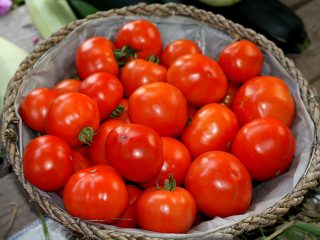Content
The tomato variety with an interesting name is barely twenty years old, but Wild Rose tomatoes are already well known in all regions of the country, and they are also loved by gardeners from nearby neighboring countries. The Wild Rose tomato was bred and registered in Russia; it was presented as a productive and unpretentious variety with large pink fruits. The opinions and reviews of those gardeners who have already planted this variety on their plots are ambiguous, but this tomato definitely requires attention.
This article will be about the yield of the Wild Rose tomato, its characteristics and cultivation features. Here you can also find photos of fruits and reviews from gardeners about this controversial variety.
Characteristics and description of the variety
Rose is considered an early ripening, indeterminate tomato with a fairly high degree of productivity. The characteristics of this variety indicate that the tomato should grow well in any region and survive drought, heat and cold. Practice shows that Wild Rose feels best in the southern regions or in unheated greenhouses in the north and middle zone.
Detailed description of large-fruited tomato variety:
- plant of indeterminate type with unlimited growth point;
- the height of the bushes varies from 170 to 250 cm;
- the first fruit cluster is formed above the ninth leaf;
- early fruit ripening time - 90 days from the appearance of the first shoots;
- the bushes are very spreading, heavily leafed, and require constant pinching;
- each cluster can bear from four to nine tomatoes;
- the yield of the Wild Rose tomato variety is average - about 6-7 kg per square meter;
- tomatoes are large, round, slightly flattened, pink in color;
- the peel of the tomatoes is thin, the flesh is fleshy and very juicy;
- Rose has excellent taste, sweet with a slight sourness;
- The average weight of each tomato is 300 grams; the largest fruits are located in the lower part of the bush.
Advantages and disadvantages
The variety has many advantages:
- good yield;
- unpretentiousness to soil composition and climatic factors;
- resistance to fungal diseases and tobacco mosaic virus;
- ability to withstand extreme heat;
- excellent taste and large beautiful fruits.
Among the problems and shortcomings, gardeners note the following nuances:
- tomatoes take up a lot of space in the greenhouse; powerful and tall bushes also need to be planted at regular intervals in the beds;
- the yield of the variety is not as high as many would like;
- the quantity and quality of tomatoes depends on the region and method of cultivation;
- tall stems need tying and regular pinching of side shoots.
All the disadvantages of the variety are quite arbitrary, because Wild Rose is, without a doubt, one of the most delicious pink tomatoes.
How to grow Wild Rose tomato
The Wild Rose tomato variety cannot be called very capricious - in principle, agrotechnical techniques for this tomato are the same as for other large-fruited varieties with an unlimited growth point.
You can plant tomato seedlings in open ground or in a greenhouse. But it is better to avoid heated greenhouses; in their conditions, Rose often gets sick and withers. Whatever is stated in the variety description, in practice, this tomato bears fruit well only in the southern regions of the country; in other regions it can also be cultivated, but only under film or polycarbonate cover.
Growing seedlings
Like all tomatoes, Rose in Russia is grown only by seedlings. Growing this tomato seedlings yourself is not at all difficult. First, you need to prepare the soil: turf or garden soil in combination with humus will do.
The soil is pre-disinfected. To do this, a few days before sowing the seeds, you can calcine the soil in the oven or freeze it outside (if the temperature there is sub-zero). Immediately before sowing, the soil is spilled with copper sulfate or a weak solution of potassium permarganate.
For seeds you need to make shallow grooves (about a centimeter deep). Tomato seeds are laid out in a certain order and lightly sprinkled with a layer of dry peat. Now you need to sprinkle the soil with a little water and cover the container with Wild Rose with film.
After 5-6 days, when the first greenery appears, the film is removed and the seedlings are placed in a brighter place. Next you should wait for the first pair of true leaves to appear.In this phase of development, the tomatoes are plucked and transplanted into individual containers.
Immediately before diving, you need to water the tomatoes well with warm water so that the thin roots and stems are not damaged during the transplanting process. A few days after picking, the tomatoes are fertilized with a mineral complex for tomato seedlings, dissolved in warm water.
Planting tomatoes
If there is a greenhouse made of film or polycarbonate on the site, tomatoes are planted in mid-May. Wild Rose seedlings can be planted in open ground after another 10-14 days, when the soil has warmed up well and the threat of spring frosts has passed.
The holes must be made in a row or in a checkerboard pattern, observed planting pattern 50x60 cm. The more space allocated for each bush, the better - Wild Rose tomatoes need a large amount of microelements, good ventilation and sufficient “attention” from the sun.
The soil for tomatoes needs to be loose, nutritious, well-permeable and retain moisture. If the soil on the site differs from these requirements, its composition must be improved with ash, peat, humus, lime and other components.
Before planting seedlings, you can add a handful of wood ash or complex mineral fertilizer to the hole. Immediately after planting, the tomatoes are tied to a trellis or strong wooden pegs are used as a support.
In cold regions, for the first two weeks, Rose seedlings are kept under film or non-woven material is used as a cover. The shelter is removed gradually, following the forecasts of weather forecasters.
Care
Despite the Brazilian name, the variety has a fairly calm “character”. Of course, like all indeterminate tomatoes, Rose needs more attention from the gardener, but the result is worth it.
Generally, Caring for pink tomato bushes consists of just a few steps:
- The most important - you can't thicken the bushes tomatoes. Therefore, the distance between plants should be sufficient. The gardener must constantly monitor the foliage of the bushes. It is recommended to tear off the lower leaves so that the tomatoes do not get sick and are better ventilated. If Rose is grown in a greenhouse, you need to regularly ventilate it by opening doors and windows.
- It is best to grow a Rose with one or two stems; all the rest are a must pinch, otherwise the tomato yield will noticeably decrease, which will also affect the size of the fruit.
- Tomatoes are needed every two weeks feed complete complex fertilizers or slurry, bird droppings diluted in water.
- Water The rose will not need to be planted too often, but as soon as the top layer of soil dries out, you need to moisten the soil. In general, watering for this variety of tomatoes should be moderate.
- Pests and diseases rarely affect Wild Rose, but tomatoes can still get sick. To protect his tomatoes, the gardener must annually change the top layer of soil in the greenhouse, dig up the garden beds on the eve of winter, and use preventative agents and medications.
- Mulch It will protect the soil from drying out and cracking, and it will also save you from slugs, which will cause severe harm to the tomatoes.Therefore, it is better to mulch the beds with tomatoes with straw, mown grass or sawdust.
The Wild Rose harvest usually has time to ripen in all areas, because this variety is considered early. To protect the fruits from late blight or frost, it is quite acceptable to pick tomatoes unripe, at the so-called technical maturity stage.
Review
Conclusion
A photo of Wild Rose tomatoes encourages you to take and plant them in your garden: the fruits are beautiful, smooth, of a uniform pink hue, with sugary pulp and small seeds.
There are no particular difficulties in growing this variety; the agricultural technology is the same as for most other tomatoes.If you believe the reviews, you still shouldn’t plant these tomatoes in the beds of the north and central part of the country; the south or the comfortable conditions of a greenhouse are more suitable for Rose.
